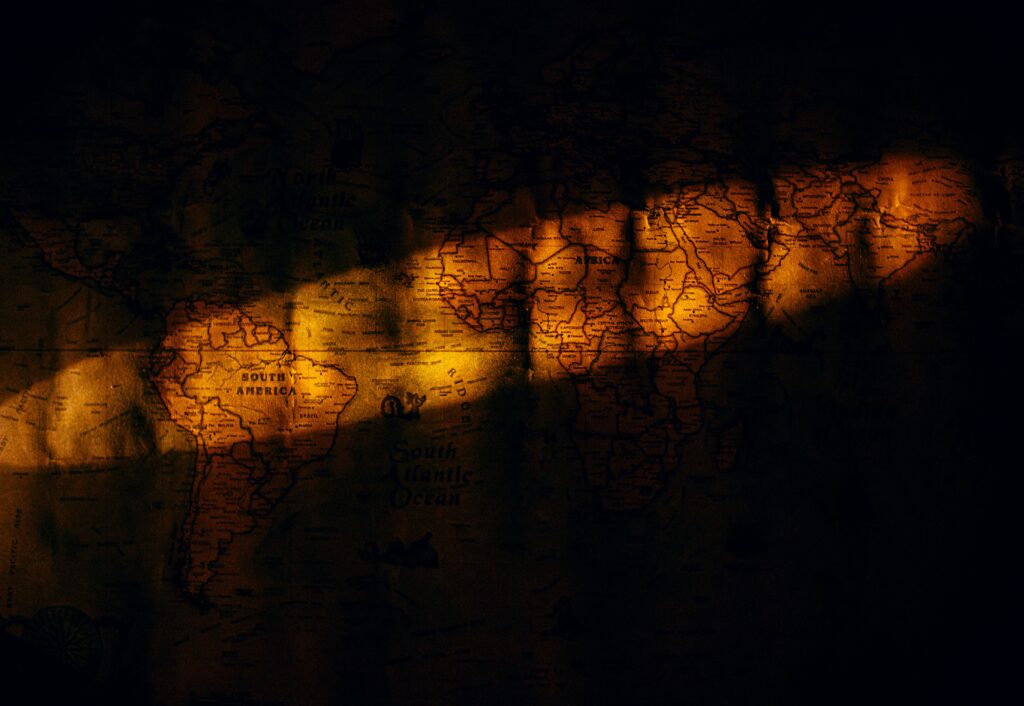South America, a continent of vibrant cultures, awe-inspiring landscapes, and rich history, is a geographical marvel nestled between the Caribbean Sea, the Pacific Ocean, and the Atlantic Ocean. Spanning over 17 million square kilometers, South America encompasses a breathtaking array of ecosystems, languages, and traditions, making it one of the most captivating regions on Earth.
Geography and Landscapes
From the towering Andes mountain range to the sprawling Amazon Rainforest, South America boasts an astonishing variety of landscapes that enchant and mesmerize visitors. The Andes, the world’s longest mountain range, runs like a spine down the western edge of the continent, offering towering peaks, deep valleys, and breathtaking vistas. The Amazon Rainforest, often referred to as the “lungs of the Earth,” is a lush and diverse expanse of wilderness that is home to an incredible array of plant and animal species.
Beyond these iconic features, South America is dotted with vast deserts like the Atacama, the driest place on the planet, and the otherworldly salt flats of Uyuni. The continent’s coastline ranges from the dramatic fjords of Chile to the golden beaches of Brazil, each offering a unique and captivating experience.

Cultural Diversity
South America is a melting pot of cultures, a testament to the history of migration, colonization, and indigenous heritage. The continent is home to countless indigenous communities, each with its own language, traditions, and way of life. From the Quechua-speaking communities of the Andes to the Guaraní peoples of the tropical lowlands, South America’s indigenous cultures have persevered through centuries, contributing to the rich tapestry of the continent’s identity.
European colonization brought Spanish, Portuguese, and other influences that shaped the region’s modern culture. The fusion of indigenous, African, and European elements has given birth to a diverse and vibrant cultural scene, evident in the music, dance, cuisine, and art that grace the continent.
Historical Significance
The history of South America is a fascinating narrative of conquest, struggle, and resilience. The Inca Empire, centered in present-day Peru, created architectural marvels like Machu Picchu, a testament to their advanced engineering and artistic prowess. The legacy of the Inca Empire still looms large over the Andean region, drawing millions of visitors each year.
The colonial era, marked by Spanish and Portuguese domination, led to the creation of new societies shaped by the interaction of indigenous, European, and African populations. The fight for independence in the 19th century resulted in the emergence of sovereign nations, each with its own unique identity and challenges.
Natural Wonders and Biodiversity
South America is a treasure trove of natural wonders and unparalleled biodiversity. The Galápagos Islands, off the coast of Ecuador, offer a unique opportunity to witness evolution in action. Charles Darwin’s observations here inspired his groundbreaking theory of natural selection. The continent’s diverse ecosystems support a staggering variety of plant and animal species, many of which are found nowhere else on Earth.
From the majestic jaguars of the Amazon Rainforest to the colorful macaws that grace the skies, South America’s wildlife is a testament to the importance of conservation efforts. Efforts to protect these delicate ecosystems are ongoing, with various organizations and governments working to balance development with preservation.
Conclusion
In essence, South America is a continent of contrasts, where towering mountains meet sprawling rainforests, ancient traditions blend with modern influences, and diverse cultures intertwine to create a unique mosaic. Its natural beauty, rich history, and vibrant cultures continue to captivate travelers and researchers alike. As the world evolves, South America stands as a reminder of the intricate relationship between humanity and the environment, urging us to cherish and protect the remarkable diversity that graces our planet.